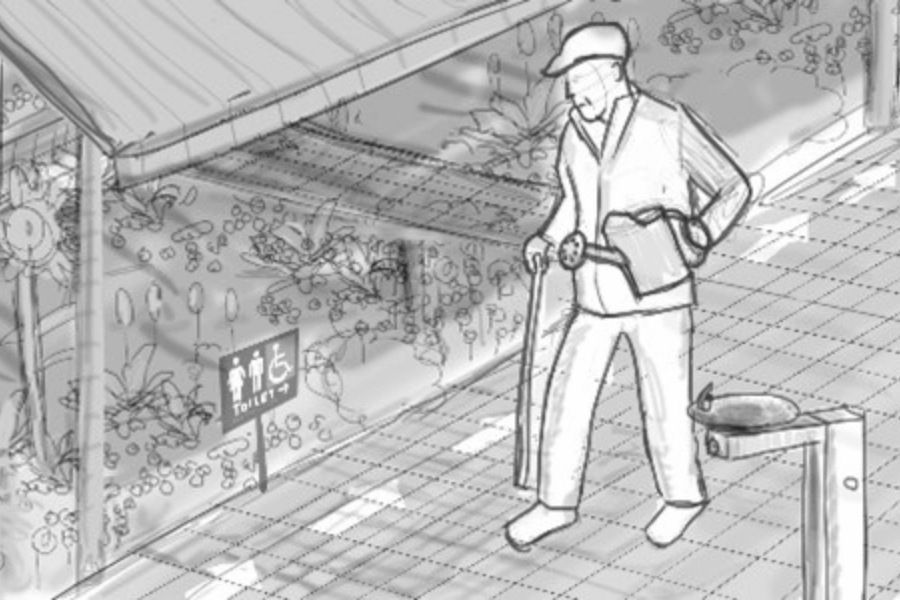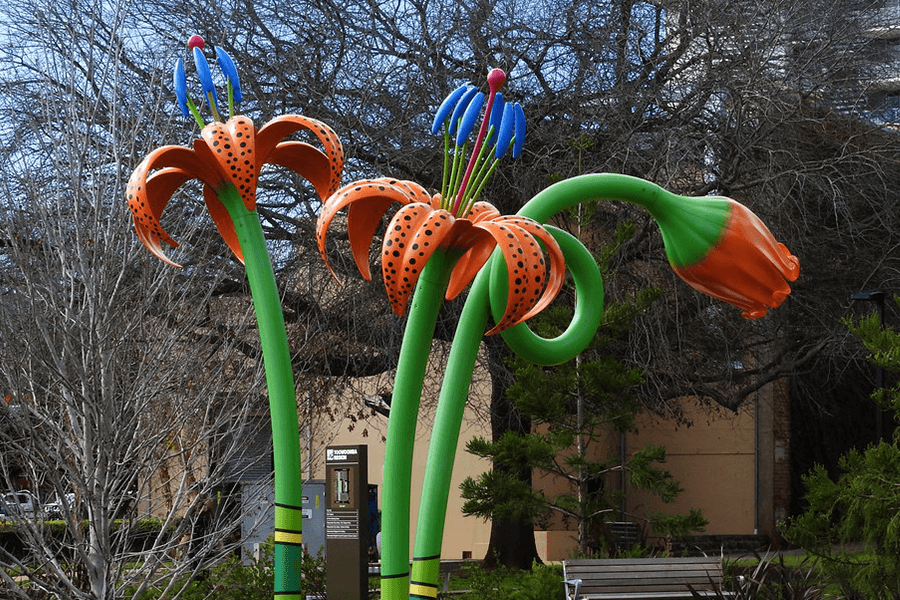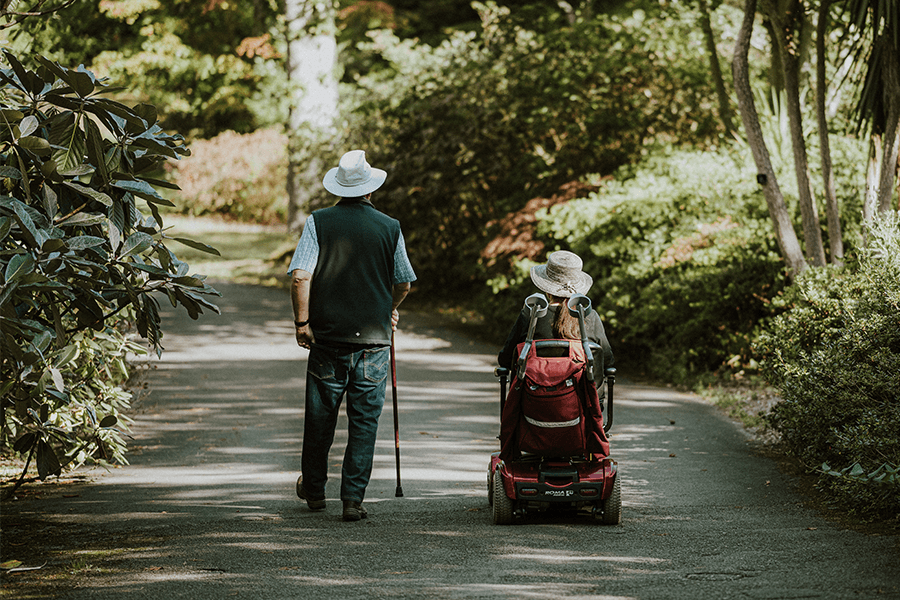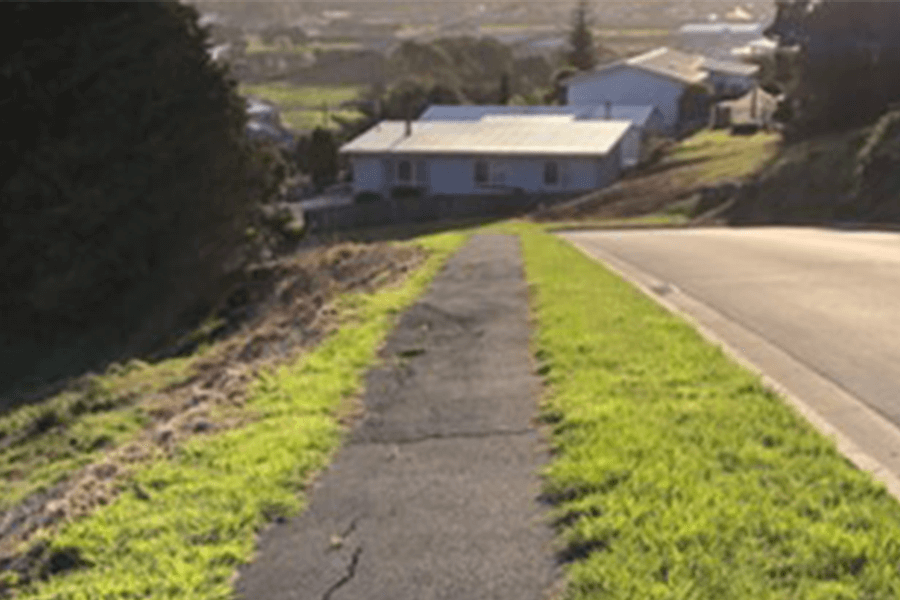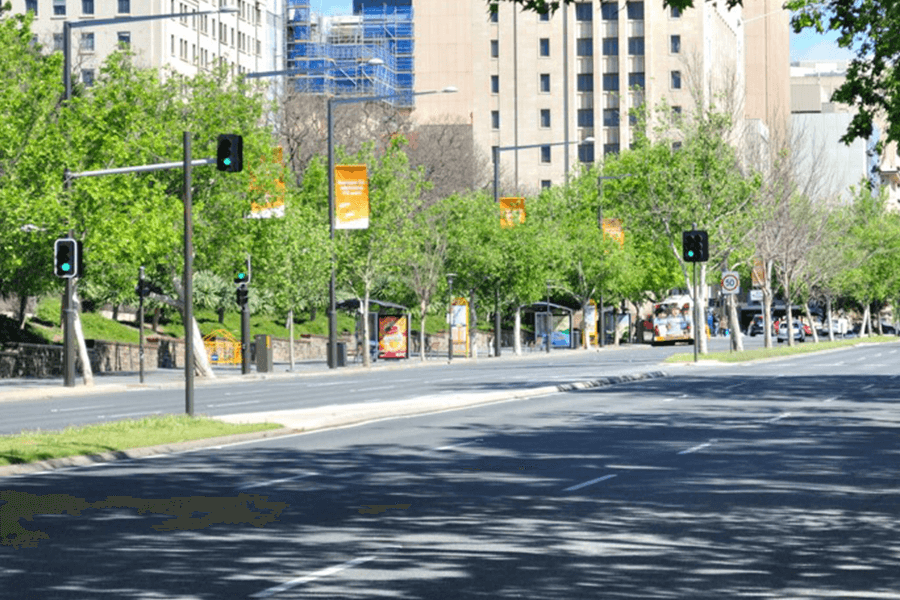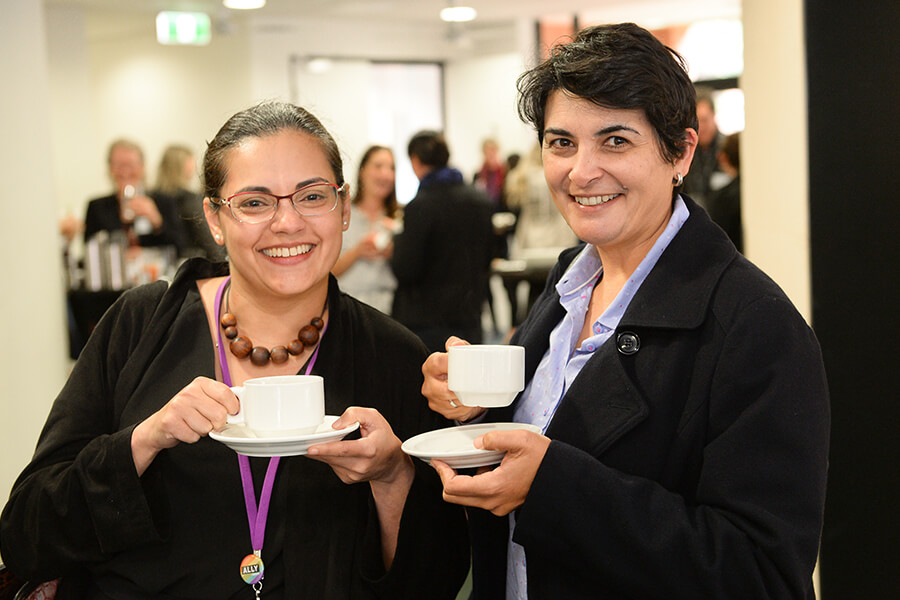Communities of practice
The Prevention Centre is committed to supporting our next generation of chronic disease prevention researchers and policy makers through a wide range of activities, including through communities of practice, which deliver mentoring and networking opportunities.
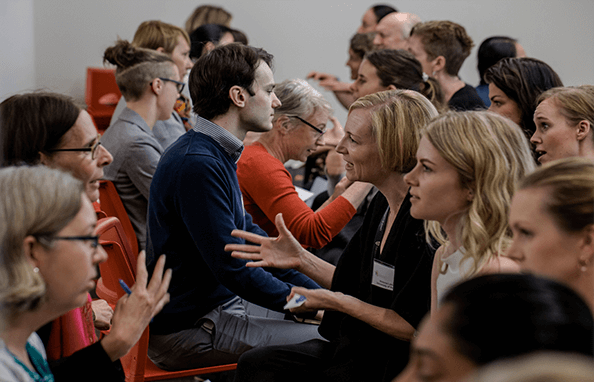
Public health law community of practice
Law is an established instrument of health promotion and health protection, where governments use legislation, regulation and policies to achieve particular health outcomes. Many of Australia’s greatest successes in chronic disease prevention are grounded in public health law, for example folate fortification and tobacco control.
The public health law community of practice meets every six to eight weeks, providing a forum for researchers, policymaker and practitioners to network and share their work in the field of public health law and regulation.
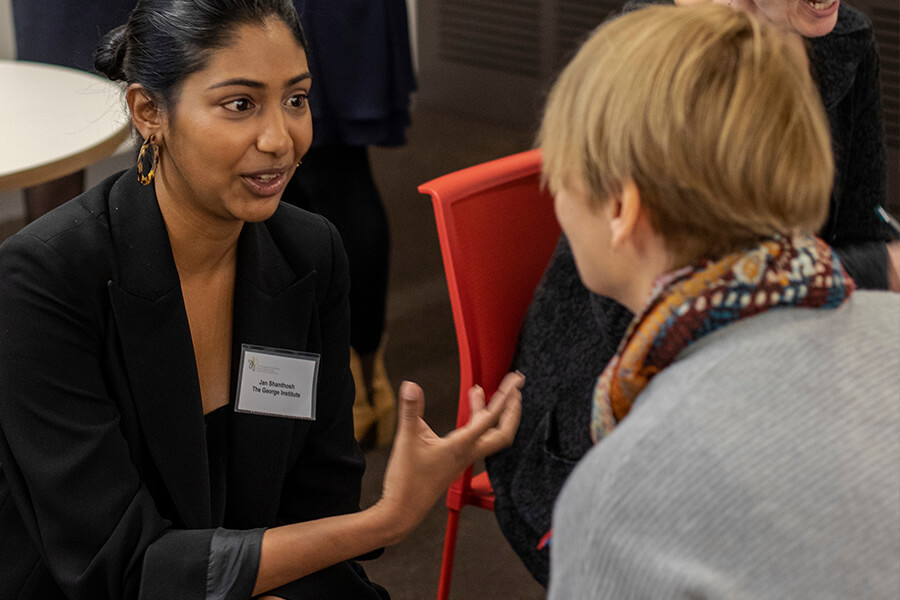
Qualitative research community of practice
Qualitative methods are used to explore and understand data generated through text, language, images, video, media, sounds and observations of social and cultural practices and experiences.
The qualitative research community of practice is a group of researchers working in academia, policy and practice who are interested in how we can use different qualitative research methods to explore our understanding of prevention. The group meets every two to three months online.

Citizen science in prevention community of practice
Our Community of Practice for Citizen Science in Prevention brings together people from research, policy, practice, and the community with an interest in citizen science approaches in prevention.
We meet bi-monthly to share knowledge, ideas, and resources, and discuss challenges and strategies to support the design, delivery, and evaluation of citizen science projects.
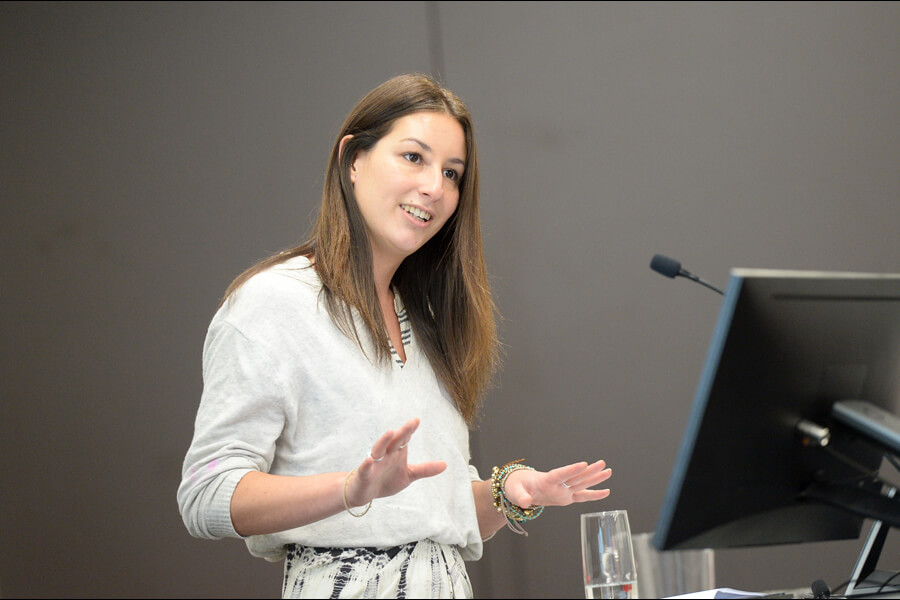
Science communications community of practice
Our Science Communications Community of Practice brings together communication professionals and research representatives from members of the Collaboration for Enhanced Research Impact (CERI).
We meet monthly to discuss shared issues and to build capacity for advocacy and science communication to help share research findings and activities through a range of media and communication outlets.
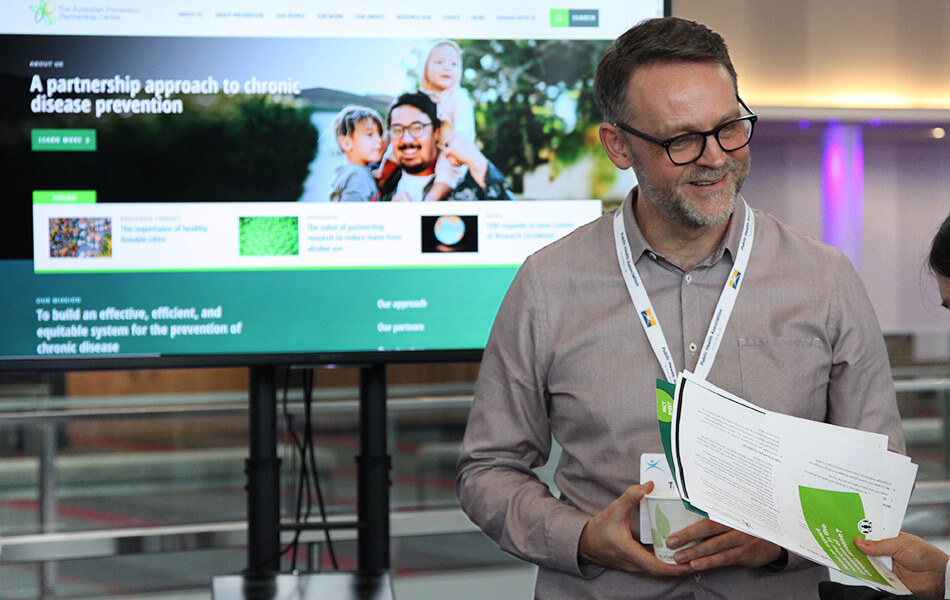
Previous sessions
-
Model food environment laws and sugary drink taxes – experiences of successes and legal challenges in the US
Event Series Community of practiceDate -
Alcohol Change Australia and public health law
Event Series Community of practiceDate -
The limitations of ‘barriers and enablers’ approaches in qualitative health research
Event Series Community of practiceDate -
Communicating your research to public health decision makers
Event Series Community of practiceDate -
The McCabe Centre for Law & Cancer’s prevention work
Event Series Community of practiceDate -
Using rich pictures in research and practice
Event Series Community of practiceDate -
Scaling the voice of older adults: reflections on co-creating healthy ageing smart communities
Event Series Community of practiceDate -
Toowoomba Healthy Towns
Event Series Community of practiceDate -
Understanding the laws that influence our built environments
Event Series Community of practiceDate -
Systems and citizen science for people with disability
Event Series Community of practiceDate -
Photovoice methods and phenomenology
Event Series Community of practiceDate -
Researcher reflexivity in qualitative research
Event Series Community of practiceDate -
YourGround: Towards a safer and more accessible city
Event Series Community of practiceDate -
What lawyers bring to the study of public health
Event Series Community of practiceDate -
Public Health Law Community of Practice
Event Series Community of practiceDate -
Piloting a citizen science approach for auditing rural walkability in Tasmania
Event Series Community of practiceDate -
Integrating wellbeing into the business of government
Event Series Community of practiceDate -
Using citizen science to monitor unhealthy marketing on social media
Event Series Community of practiceDate -
Citizen Science for a greener Adelaide webinar
Event Series Community of practiceDate






